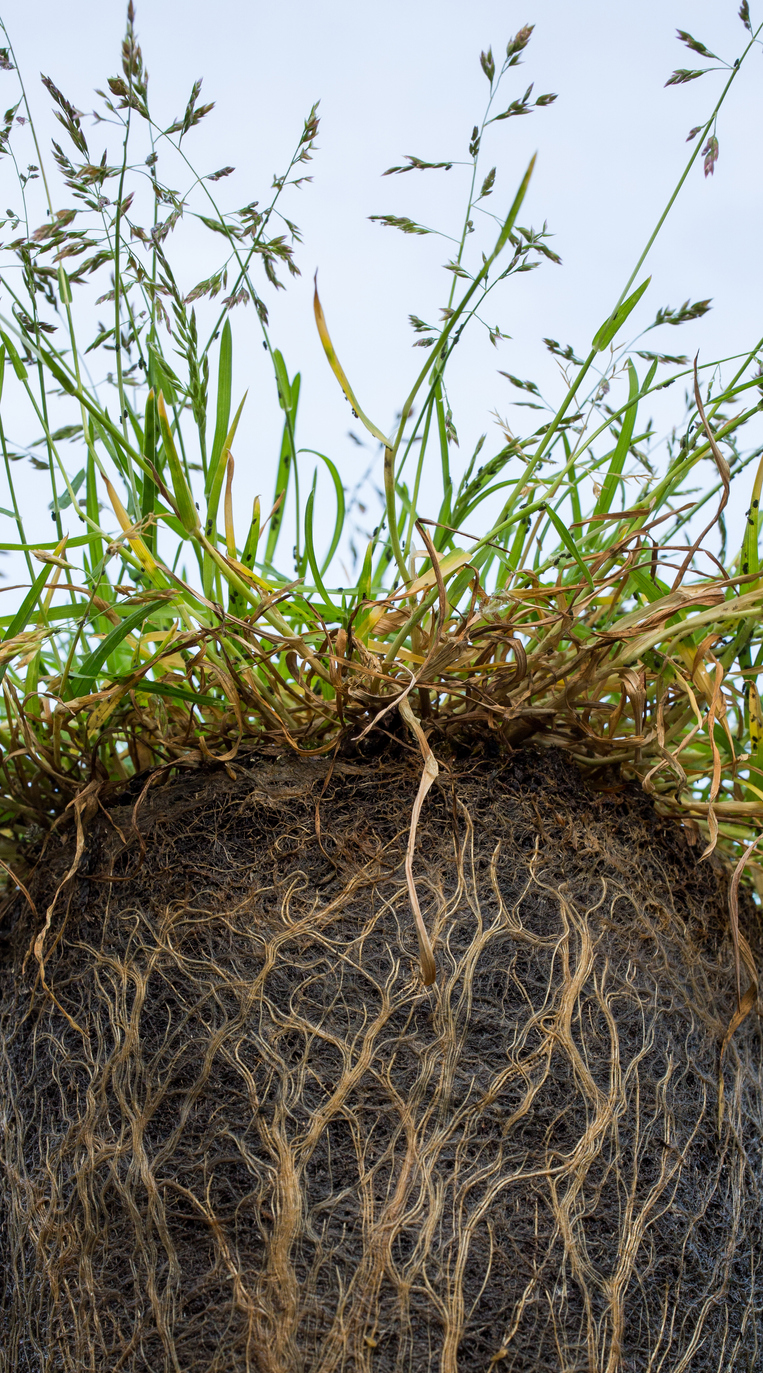
The second pillar of soil health
The second pillar in soil health is minimize soil disturbance.
Soil Disturbance
The second pillar of soil health is to minimize soil disturbance. For most of us, we immediately think of physical disturbance to the soil in the form of tilling, but this isn’t the only way we disturb our garden soils. We can cause biological disturbance by removing all the plants from an area and failing to return the nutrients the plant used to the soil via compost. We can also cause chemical disturbance with fertilizers and pesticides.
Biological Disturbance
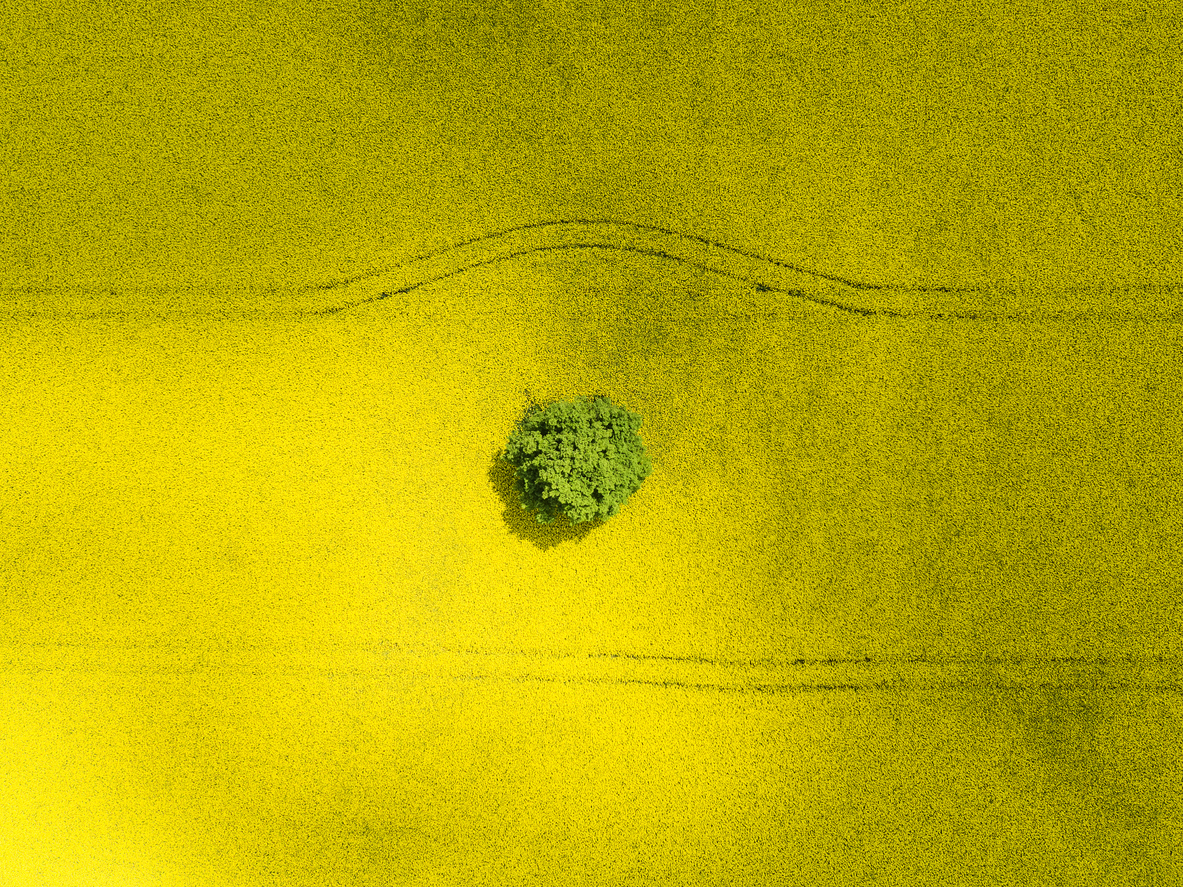
As our garden plants become more cultivated, we are limiting the genetic diversity in our garden spaces. Genetic diversity provides a space the ability to combat insect and disease pressure. It also provides a wider food source for a wider collection of organisms which is a good thing. Monoculture can fail to provide a food source for an insect necessary for pollination or insect control and when they move on, they are no longer present to provide a source of food for other organisms. Monoculture also allows disease to build up in the soil for that particular crop as it has a ready source of food.
As we continue to garden over seasons, we add artificial fertilizers and remove the plant growth from our garden space and place it in the garbage. It goes to land fills as organic waste where it is broken down anaerobically which results in the byproduct of methane which contributes to climate changes. Plant material that breaks down aerobically in compost piles or in nature do not release methane to the atmosphere. 50% of residential waste is organic in nature and could save our landfills valuable space and reduce greenhouse emissions if it was used in compost piles instead of tossed in a landfill!
With all of the plant material removed from our garden space, the soil is robbed of the nutrients and organic material that are in those plants. It is not returned to the soil which depletes the soil of nutrients and organic matter over time. This in turn causes soil compaction and poor plant health which we fix by adding in chemicals to our soil.
Chemical Disturbance: Pesticides
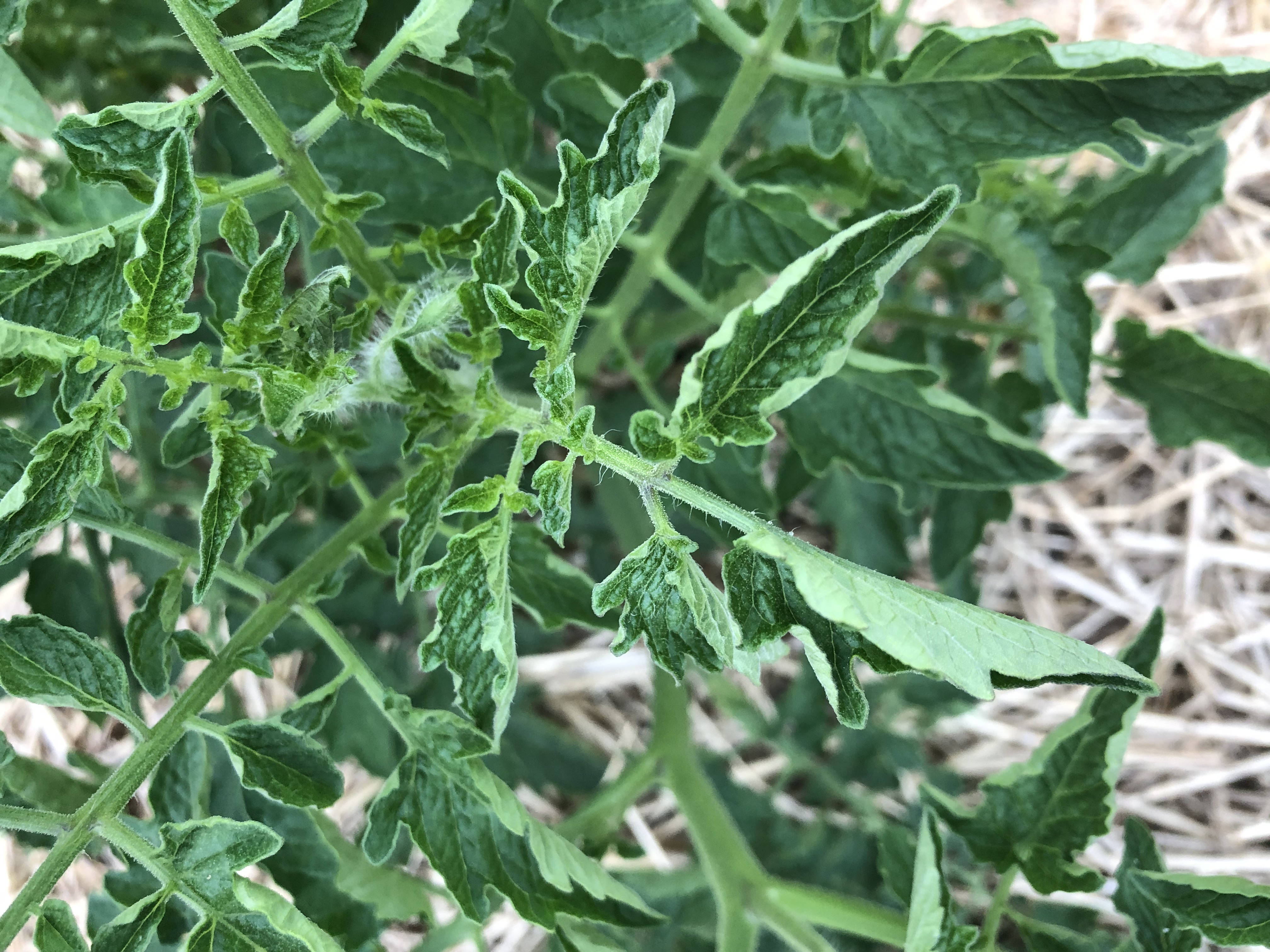
Pesticides like insecticides are non-selective meaning they will kill anything that is an insect. What does this mean to your garden? If you have an aphid infestation in your lettuce and you select a chemical that kills them off at their larval stage, that same chemical will kill off ladybug larvae that eat aphids by the dozens. In an attempt to control aphids, that chemical will effectively remove all insects in the space including the beneficial ones that are already working on the problem.
Herbicides like glycosphate are also non-selective. They inhibit photosynthesis so the plant turns yellow and dies. Many agriculture crops are now genetically modified to resist glycosphate. There are selective herbicides for broadleaf only plants as well as ones that only kill grasses.
Fungicides are non-selective and kill all fungi. Fungi are one of the major components in our soil food web. Fungi are decomposers and provide food for larger microorganisms that also help decompose the soil. Treating our garden space with fungicides will damage our soil health by removing an important part of the food chain.
Chemicals can also cause overpopulation of animals like deer, bear and even gophers. Poisoning gophers or mice in a space can result in owls who eat the poisoned animals to be poisoned as well. As the owls move on due to a lack of food source or death, the pests can gain in population again as there are no predators for them. The same thing happens when we remove habitat for bears who are very mobile and will move to find new territories to live. Bears were not a common sight in some prairie areas but now they have become a dangerous and costly pest.
Chemical Disturbances: Fertilizers
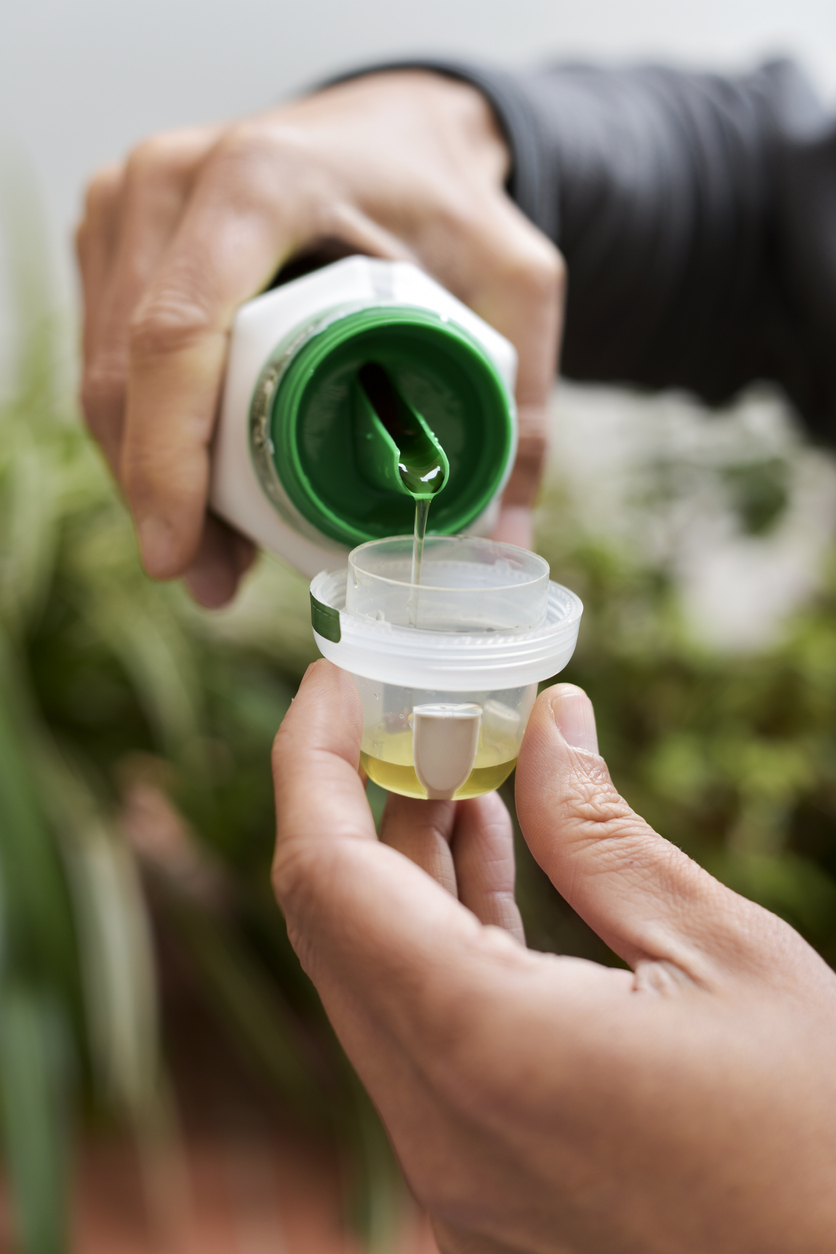
Overuse of synthetic fertilizers causes immediate issues in our plants and soil.
High nitrogen levels in the soil can cause plants to grow very quickly leaving them tender and susceptible to insect pressure and diseases. High nitrogen levels in the soil from artificial fertilizers can speed up the decomposition of organic material in the soil. As this process is sped up, carbon in the soil that is also a necessary part of plant growth, it used up faster as well. High nitrogen levels in the soil can also cause minerals to be blocked up and not available for plant use.
Nitrogen is soluble in water and is leached from the soil by watering. As the nitrogen enters the water pathways, nitrogen levels in ground water increases significantly. Nitrogen increases plant growth and plants in the water are no different than soil plants in that they too will start to grow faster vegetatively. As plants in the water increase their growth, they start to deplete the water of its oxygen levels which in turn affects the organisms living in the water. High nitrogen levels can also cause issues with algae blooms in water systems. These can be toxic to humans and animals alike.
Our prairie soils are very rich in minerals as they were created by a wide variety of rocks moving in glacial till. Due to the wide variety of rocks/minerals in the glacial till, a precursor to our prairie soils, our soils tend to have a rich variety of minerals and macronutrients for our plants. The majority of the nutrient shortages that prairie gardeners experience are typically caused by other issues like blossom end rot (inconsistent watering) and iron chlorosis (low iron uptake due to saturated soils after heavy rains). The additions of fertilizers will not help these issues, in fact it may just foster new issues!
Because our soils are so nutrient rich on the prairies, the addition of compost to our soil is not necessary to top off nutrients. Compost in prairie soil functions in a different role – it provides organic material to support the soil food web. As the organic material is broken down, it works to release nutrients already present in the rock minerals. Without organic material, the soil food web cannot convert these nutrients into usable forms for plants.
While artificial fertilizers are available immediately for plant use, compost needs to break down before it’s in usable forms for plant uptake. This makes compost the equivalent of a slow release fertilizer.
The use of mulch prevents annual weed growth and provides a habitat for beneficial insects that prey on those insects that cause issues in our gardens. Mulch conserves water and prevents evaporation as well as soil erosion so disorders like blossom end rot are not an issue when mulch is used. Insecticides are not necessary as insect populations are allowed to correct themselves. As soil health improves, organic matter in the soil is broken down and released to the plants so synthetic fertilizers are not needed.
Physical Disturbances: Tilling
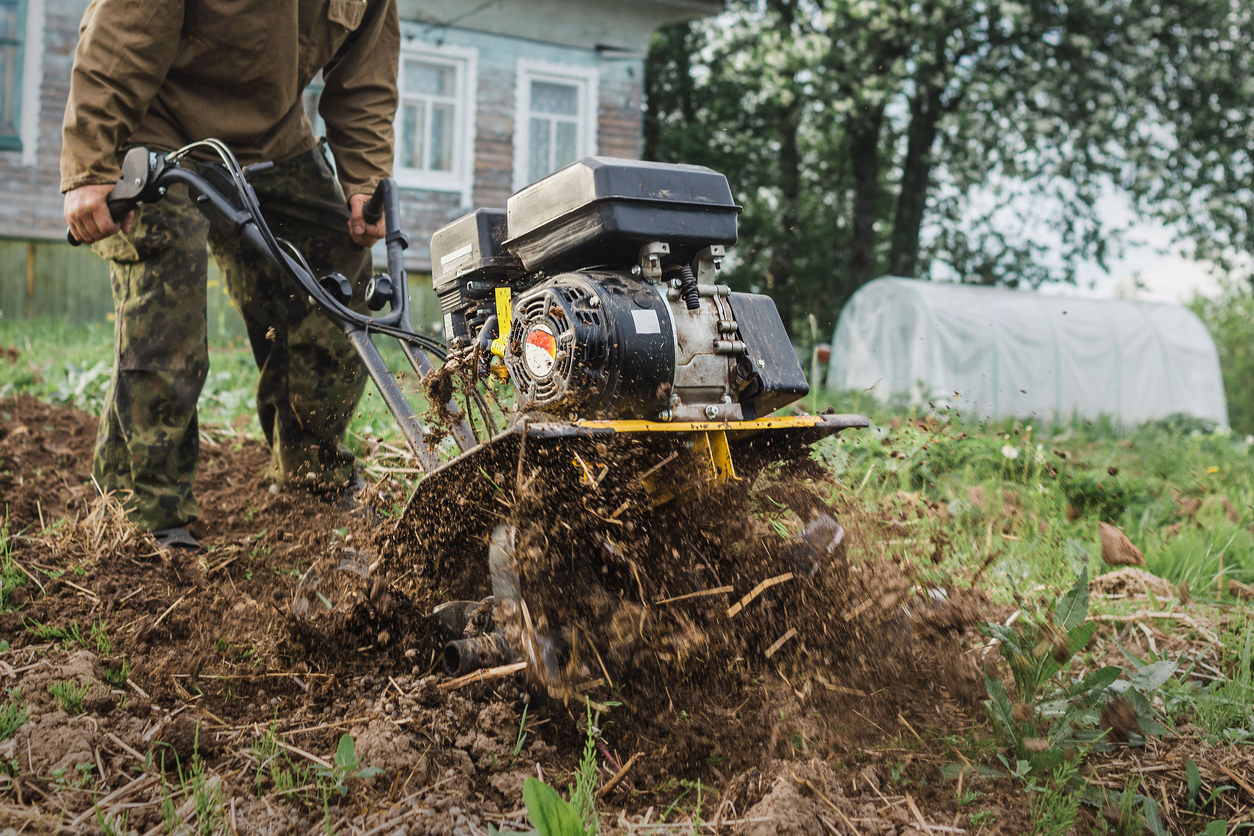
Tilling creates a physical disturbance in our soils. As we till our soils, the aggregates that create the necessary pore spaces are broken apart. Initially, tilling adds air to our soil making it soft and workable but over time, as the air escapes, the soil is compacted down more than it was as the aggregates are now smaller. Smaller aggregates mean smaller pore spaces to hold air and water which is necessary for plant health.
Smaller pore spaces also mean it is harder for roots to grow on the plants as they have fewer spaces to grow into.
Tilling also breaks up the organic matter in the soil making it smaller. Smaller pieces decay faster which can exhaust the organic material in our soils faster. The organic material is where the nutrients come from for our plants, without easy access to nutrients, our plants become stressed which can then in turn make them susceptible to disease and insect infestation.
The microorganisms that live in our soil create a fragile ecosystem that is their home. Fungi form filaments that help more nutrients move through the soil to the plants. Earth worms create pore spaces as they eat their way through the organic material and their castings contain nutrients in usable forms for our plants. When we till, we destroy this habitat forcing them to rebuild their homes rather than continue working to support the soil food web. Excess tilling may remove many of the microorganisms that live and work in our soils. One of the first signs of a soil that is recovering its health is an abundance of earthworms!
Tilling will also increase soil erosion by causing more evaporation of the water in the soil, it breaks up the soil crust temporarily, but it brings new soil to the surface to break down and form a new crust. As the aggregates are smaller, this crust can be thicker. Seeds can have a hard time pressing through this crust and the crust affects water movement into soil.
Physical Disturbances: Soil compacting
Soil compaction by walking on our soil or running heavy equipment over it can also create a physical disturbance. When soils are saturated with water, any weight baring on the soil can break down the aggregates and cause soil compaction. Adding mulch to our soil helps cushion our steps from compacting the soils as much. We can also avoid walking on our soils or taking heavy equipment on when the soil is very wet like in early spring when the snow is melting. Using dedicated seed beds year after year also constricts the compaction of walking to the pathways only. As we are not growing plants in the pathway, it is not as big of a concern to restrict compaction in this area.
By moving to a no till system, we are preventing many challenges that we create for ourselves in our garden. There is reduced water evaporation, weed pressure, improved soil structure and the microorganisms can return nutrients to the soil through decomposition of organic matter.

